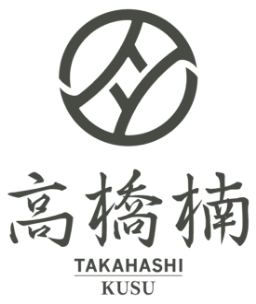Products
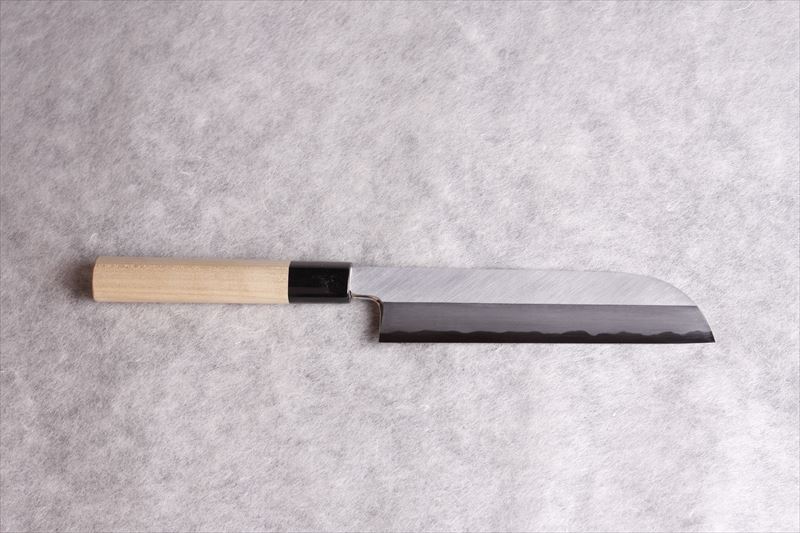
Japanese Knives
For Vegetables
With this knife, you can do everything regarding the preparation of vegetables, from peeling to chopping, and it will make delicate cooking possible. There are mainly two types: double-edged nakiri and single-edged usuba. Regarding usuba, kamausuba is favored in the Kansai district and kakuusuba is favored in the Kanto district.
-

Kamausuba
This is a Kansai-style usuba knife, defined by its round kissaki (point). The heel is used to strip off skin, the middle part is used to peel skin and bevel edges, and the tip is used to make decorative cuts.
-
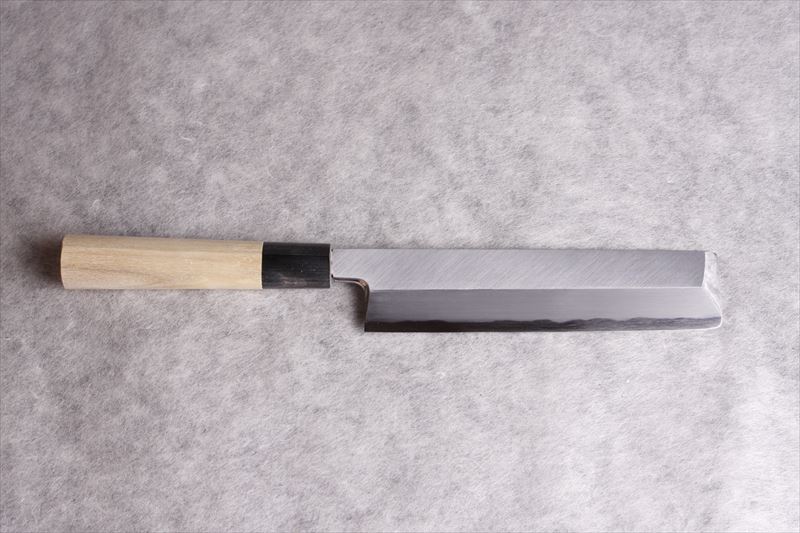
Kakuusuba
This is a Kanto-style usuba knife and is sometimes called Edo-usuba. It is defined by its square kissaki (point).
-
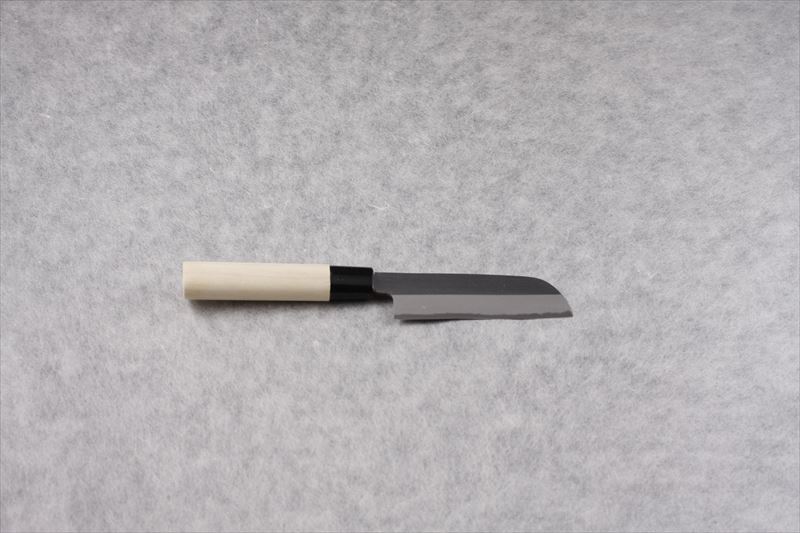
Mentori/Kawamuki
A small version of kamausuba. There is both a single-edged type and a double-edged type, and it is used to peel vegetables.
-
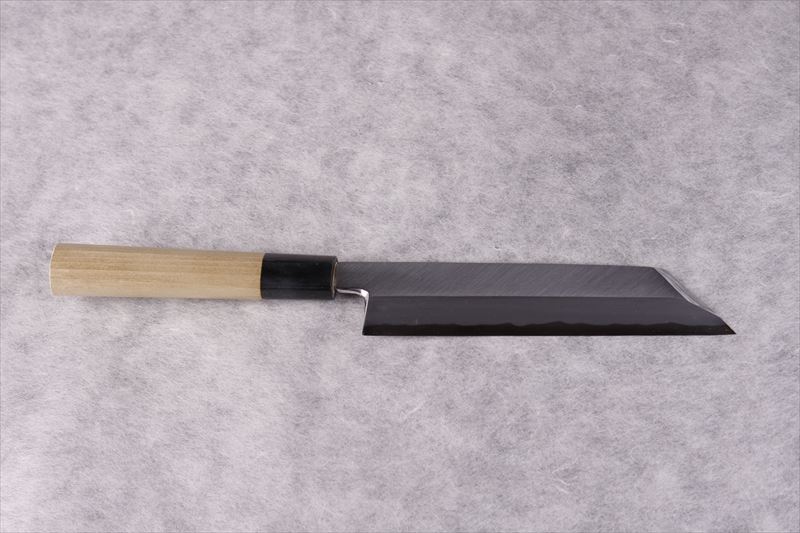
Mukimono/Kenmuki
Its use is the same as usuba since it can be used to do anything regarding the preparation of vegetables. But it is little thinner than usuba and has a triangular kissaki (point).
-
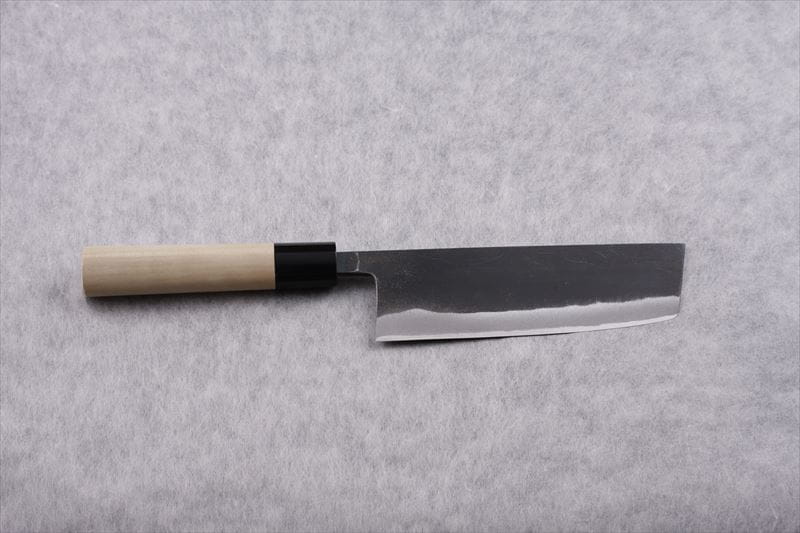
Kyogata Nakiri
Unlike usuba, nakiri knives are double edged and most of them are kurouchi(*). A Kyogata (Kyoto style) knife's kissaki is slightly curved and it is also called jinarigata.
*A knife with the kireha part polished while leaving the obverse side of the "ji" black. -
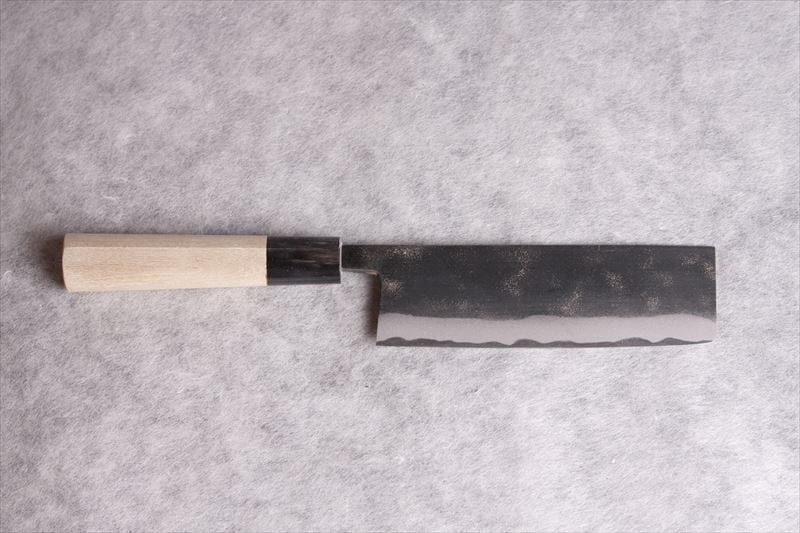
Nishigata Nakiri
A Nishigata (Western Japan’s style) knife is a nakiri knife with a rectangular shape.
